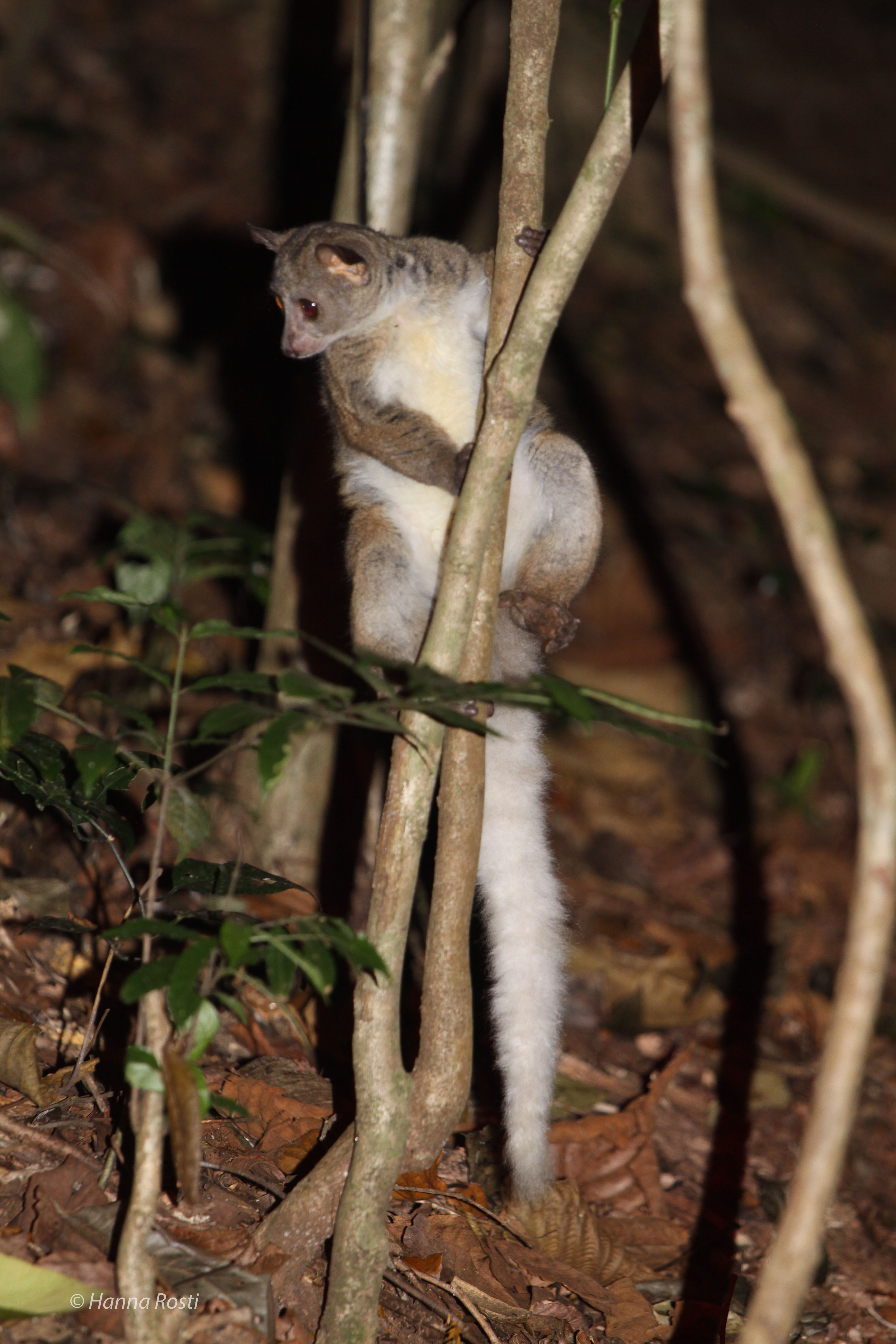Otolemur on:
[Wikipedia]
[Google]
[Amazon]
 The greater galagos or thick-tailed bushbabies are three species of
The greater galagos or thick-tailed bushbabies are three species of
Primate Info Net ''Otolemur'' Factsheets
animalstaita.com
Galagos Taxa named by Charles Coquerel Taxa described in 1859 {{primate-stub
 The greater galagos or thick-tailed bushbabies are three species of
The greater galagos or thick-tailed bushbabies are three species of strepsirrhine
Strepsirrhini or Strepsirhini (; ) is a suborder of primates that includes the lemuriform primates, which consist of the lemurs of Madagascar, galagos ("bushbabies") and pottos from Africa, and the lorises from India and southeast Asia. Colle ...
primate
Primates are a diverse order of mammals. They are divided into the strepsirrhines, which include the lemurs, galagos, and lorisids, and the haplorhines, which include the tarsiers and the simians ( monkeys and apes, the latter includin ...
s. They are classified in the genus ''Otolemur'' in the family Galagidae
Galagos , also known as bush babies, or ''nagapies'' (meaning "night monkeys" in Afrikaans), are small nocturnal primates native to continental, sub-Sahara Africa, and make up the family Galagidae (also sometimes called Galagonidae). They are ...
.
Historical classification and species discovery
The diversity of galago species has historically been grossly underestimated. In 1931, only 5 species were recognized, 4 in the genus ''Galago'' and 1 in ''Euoticus'', and only one species that would later be placed in the genus ''Otolemur''. In 1979, the genus ''Otolemur'' was separated from ''Galago''. By 1986, eleven species were recognized with revamped systemic classification including ''Otolemur crassicaudatus'' and ''Otolemur garnettii''. Additionally, ''O. crassidautus'' and ''O. monteiri'' were recognized as separate species instead of ''O. monteiri'' as a nested subspecies. By 2001, 23 species were recognized. Classification by vocalization has particularly become prevalent and helpful as a tool in understanding of these species. All ''Otolemur'' species exhibit trailing advertising calls.Distribution and habitat
The species is found in and around coastal regions of Southern and Southeastern Africa; north from theJuba River
The Jubba River or Juba River ( so, Wabiga Jubba) is a river in southern Somalia which flows through the autonomous region of Jubaland. It begins at the border with Ethiopia, where the Dawa and Ganale Dorya rivers meet, and flows directly south ...
in Somalia, southwards through Kenya, Tanzania, Malawi, and Mozambique; west across Zimbabwe, Zambia, and Botswana; southwest to northern South Africa and as far west as Angola and Namibia. For the most part, they live in woodlands and forests, but also are found in sparsely wooded grasslands and even planted city parks and gardens.
Taxonomy
*Genus ''Otolemur'' **Brown greater galago
The brown greater galago (''Otolemur crassicaudatus''), also known as the large-eared greater galago or thick-tailed galago, is a nocturnal primate, the largest in the family of galagos. As opposed to smaller galago species it would climb, walk o ...
, ''O. crassicaudatus''
*** ''O. c. crassicaudatus''
*** ''O. c. kirkii''
** Silvery greater galago
The silvery greater galago (''Otolemur monteiri'') is a nocturnal primate from the galago family. It is usually found in ''Brachystegia'' woodland, from Angola to Tanzania, western Kenya and Rwanda.
The species was separated from the brown gr ...
, ''O. monteiri''
*** ''O. m. monteiri''
*** ''O. m. argentatus''
** Northern greater galago
The northern greater galago (''Otolemur garnettii''), also known as Garnett's greater galago, Garnett's galago, or the small-eared greater galago, is a nocturnal, arboreal primate endemic to Africa.
Subspecies
Four subspecies of ''Otolemur garne ...
, ''O. garnettii''
*** ''O. g. garnettii''
*** ''O. g. lasiotis''
*** ''O. g. kikuyuensis''
*** ''O. g. panganiensis''
References
External links
Primate Info Net ''Otolemur'' Factsheets
animalstaita.com
Galagos Taxa named by Charles Coquerel Taxa described in 1859 {{primate-stub